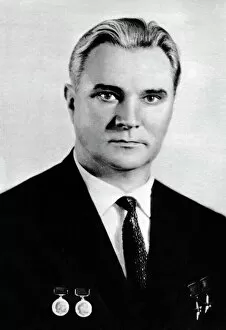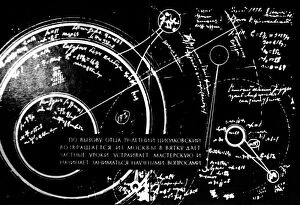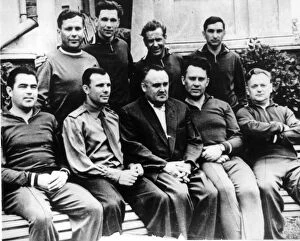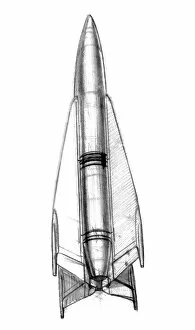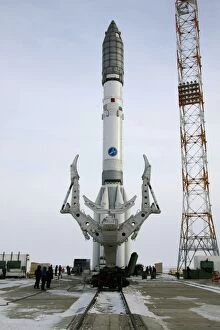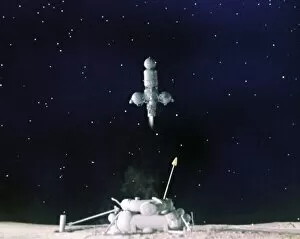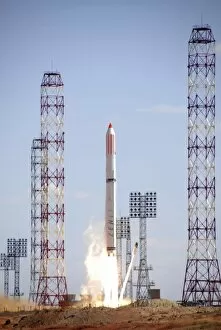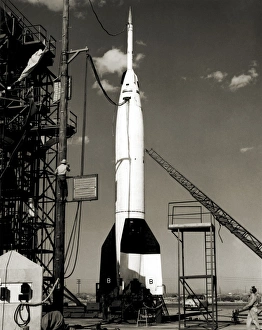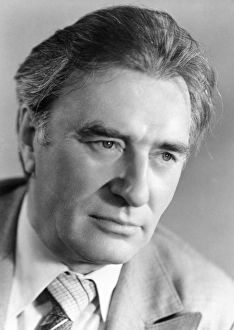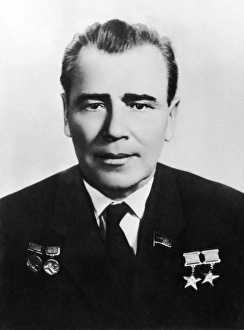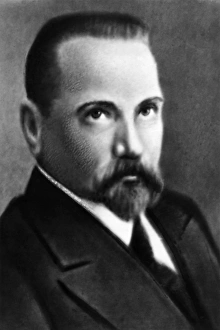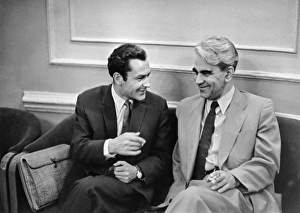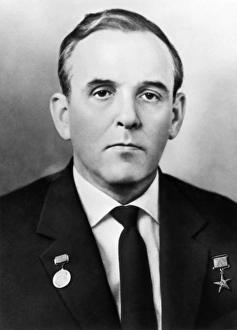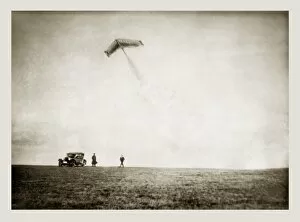Rocket Science Collection
"Unveiling the Minds Behind Rocket Science: A Journey through History" Rocket science, a field that has propelled humanity into the vastness of space
All Professionally Made to Order for Quick Shipping
"Unveiling the Minds Behind Rocket Science: A Journey through History" Rocket science, a field that has propelled humanity into the vastness of space, owes its advancements to brilliant minds like Valentin Glushko and Mstislav Keldysh. These Soviet scientists played pivotal roles in shaping our understanding of rocket propulsion and celestial mechanics. The foundations of rocketry were laid by Konstantin Tsiolkovsky, whose visionary works on space conquest paved the way for future generations. His contributions inspired countless others, including Sergei Korolev, a prominent Soviet rocket scientist who collaborated with Russian physicist Mstislav Keldysh to revolutionize space exploration. In the United States, Dr. Robert Goddard emerged as an American pioneer in rocketry during the 1930s. His groundbreaking experiments set the stage for future developments in this awe-inspiring field. Walt Disney's collaboration with Dr. Wernher von Braun further popularized rocket science and ignited public fascination with outer space. The iconic image of Russian cosmonaut Yuri Gagarin alongside renowned engineer Sergey Korolyov symbolizes a monumental milestone - mankind's first journey into orbit aboard Vostok 1 in 1961. This historic feat showcased the culmination of years of research and innovation driven by these exceptional individuals. Meanwhile, Henry Sachs stood proudly beside Robert Goddard's revolutionary rocket in New Mexico during 1930 - a testament to America's early endeavors in conquering gravity’s hold on humankind. From Huntsville, Alabama came an Orbital Trajectories Presentation held on June 28th, 1958 – where experts gathered to discuss cutting-edge concepts that would shape future missions beyond Earth’s atmosphere. Today we marvel at how far we have come since those early days; however, it is crucial never to forget those who paved the path towards our current understanding of rockets and their potentialities.

